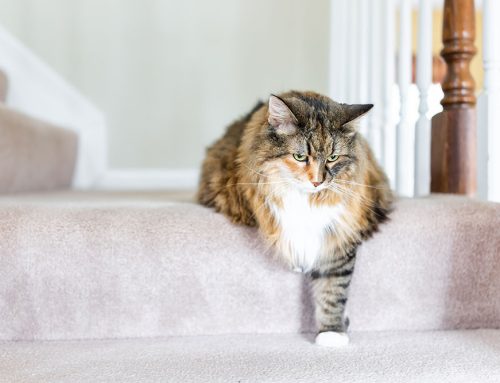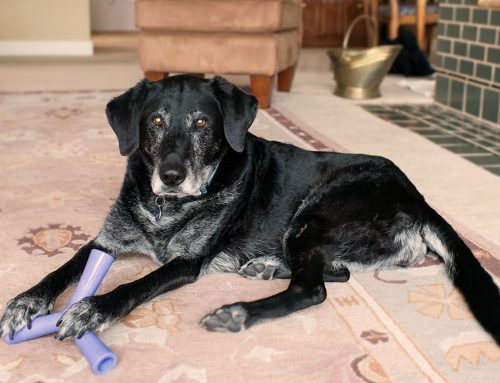Over time, dieting trends come and go as people search for a “simple” answer to health and wellness concerns. The use and popularity of feeding “grain free diets” beautifully illustrates such a trend.
As with people, dogs can develop sensitivities and/or allergies to the food they eat. This can include the common grains such as rice, wheat, corn and oats and meat sources such as chicken, beef, fish, lamb and turkey.
Any person or animal can develop a hypersensitivity to any grain or protein, we refer to this as an acquired food allergy. Certain breeds of dogs with a genetic history of food allergies and pollen allergies are more likely to develop food allergies. For example, we treat lots of Terriers and English Bulldogs for acquired food allergies. For pets with food allergies, a controlled diet must be fed that excludes the offending grain or protein that is causing the allergic reaction. Despite industry claims, there is no accurate blood test to identify food allergies. The protocol is to change to a grain free, novel protein diet.
To feed a novel diet means changing your pet’s diet to a protein and carbohydrate source that hasn’t been fed before. Twenty years ago, veterinarians recommended feeding lamb and rice diets to our allergy patients. The lamb diets were effective but unfortunately their popularity led to owners feeding them to breeds commonly affected by food allergies prior to any symptoms being present. Puppy food made with lamb and rice was mistakenly marketed to owners to prevent food and skin allergies. Unfortunately, when the pets did eventually develop an allergic reaction to their diet as adults, they were reacting to the novel protein and/or carbohydrate. Thus, the newer “grain free diets” incorporating duck, venison, or fish as a protein source and potatoes as the carbohydrate source were developed, and they became successful in treating patients with food sensitivities.
Unfortunately, as the newer diets gained popularity and success, breeders and pet stores began recommending them as “better, healthier diets”. Nothing could be further from the truth. There is nothing magical about a grain free diet for promoting health in a pet that does not have a food sensitivity. Potatoes are not a better carbohydrate than grains. Duck is not a better protein than chicken.
There are potentially many negative outcomes with feeding grain free diets in patients who don’t require them.
One – they are very narrowly focused diets that require careful formulation to meet all the nutritional requirements of pets. Recent studies are showing that some grain free diets lack a required nutrient called L-Carnitine. Dogs fed these diets have developed very serious heart problems.
Two – When pets are exposed to novel proteins and carbohydrates at an early age before the onset of allergy symptoms, these ingredients cannot be used later to manage food sensitivity.
Three –Several diets marketed to pet owners today contain numerous protein sources in an effort to appear to be gourmet or more nutritionally complete. Read nutrition labels carefully: foods containing specialized proteins such as duck, venison and pork should never be fed to a normal dog or cat. These protein sources should be reserved for the possibility of food allergies in the future.
Most food sensitivities occur in our pets as adults and it can occur at any time. There is absolutely no reason to feed a puppy or juvenile dog or cat grain free diets without symptoms of food hypersensitivity.
To summarize –
Grain free diets should never be fed to dogs or cats without the recommendation of your veterinarian based upon their symptoms.
Grain free diets are not of superior nutritional value than standard, commercial diets that contain chicken and rice.
Some grain free diets lack essential nutrients and when fed can be deleterious to the health of your pet.







Leave A Comment